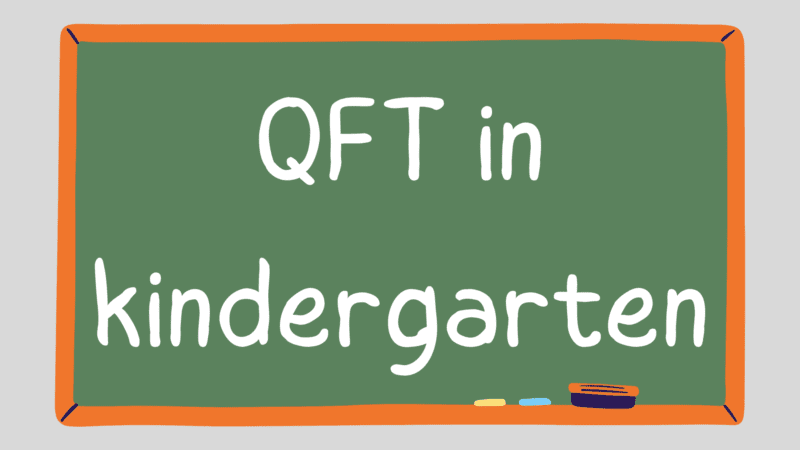Catherine Tommasello teaches Kindergarten in Cobb County, Georgia. For the past four years, she has made the Question Formulation Technique (QFT) a staple activity in her classroom. “We do it everyday,” she said.
In November 2019, when in-person teaching was still an option, she shared how she’d been using it.
Tommasello structured class time using stations that students could rotate through in small groups. The QFT was always one of them, and it was very popular among students. “It’s the most amazing thing you’ve ever seen,” she said. “I cannot keep enough paper over there.” Students were using the QFT for everything from book chats and reader responses to questioning scientific phenomena and practicing basic computer research.
Not only is asking good questions possible for kindergarten students, Tommasello has found, it’s also more accessible for some students than traditional ways of engaging in class material.
She gave an example: “I had one student who could not answer a question like, ‘Why do I put on a coat?’” she said. “He would just repeat it to you. He had no connection to it.” Now when Tommasello asks students to turn a statement into a question, “that hand of his goes up every day. He turned ‘we did hash it out’ to ‘who did you hash it out with?’ I honestly believe he’s having a breakthrough with questions. It’s nothing short of miraculous.”
Then, in March 2020, schools closed down.
Tommasello immediately looked for a way to do the QFT while teaching remotely. Normally, in her classroom, if a student does not yet know how to ask a question, she has them try to draw it and then label it with a question mark. If they do not yet know how to write, she provides arrangeable word cards or letter stamps. By March 19, Tommasello had set all her students up on Seesaw, an app that allows students to create their own digital portfolio, so that they could ask their questions by recording videos of themselves. (Disclosure: Tommasello is an ambassador for Seesaw.) This was how she had them conduct their first virtual QFT, and you can hear one student’s questions here.
Tommasello started off with a provocative image: a car that got stuck under an elephant. Students had a lot of fun asking questions. One student wanted to know, “Are the people in the car mad?” Tommasello was happy to get back into this routine with students. On Twitter she said, “Some of the students were concerned that we were not going to be able to have a QFT station while out of school, so this was our solution!”
Tommasello also used the QFT to launch their remote unit on seed dispersal. She started by posting two pictures, one of a cow and one of a dog, both covered in a mystery substance. The mystery substance is bur, she said, and “in our research we will learn that these burs are hitchhikers that are dispersed when they get stuck to animals or people and transfer to a new location once they are pulled off or shaken off.”
Students had insightful questions, many of them similar, such as, “Why do the cow have dots on it?” “What is on the cow?“ “Is the cow sick?” and, “Is there bugs on the cow, dirt on the cow, or seeds on the cow?” Interestingly, many students also wanted to know about the dog’s facial expression: “Why does the dog look funny?” “Why is the dog’s tongue out?” and even, “Why is he sticking his tongue out at somebody?”
Tommasello used students’ questions as the basis for research projects. Students responded in a variety of ways — through art and writing — to explain how seeds get dispersed and why it’s important. You can see some of their reports here, here, and here.
“Beyond that, I use these responses for data,” Tommasello said. “These questions help me determine the structure of the students’ sentences. Are they asking detailed questions? Are they complex questions? How can the students increase their critical thinking skills? All of this is how I determine verbal and written expression for my students.”
She also explained that she’s been partnering closely with the school’s speech language pathologist, who works with students, especially those with special needs, on W-H words: who, what, where, etc. She said she’s witnessed students with autism who have difficulty with W-H words, and the QFT has helped them become more engaged. It’s been a “game changer,” she said.
Tommasello’s work reminds us not to shy away from the complex, the mind-boggling, or even the tedious when working with young learners. Instead, give them the power to ask questions, and any topic can become accessible, comprehensible, and, most importantly, fascinating.
